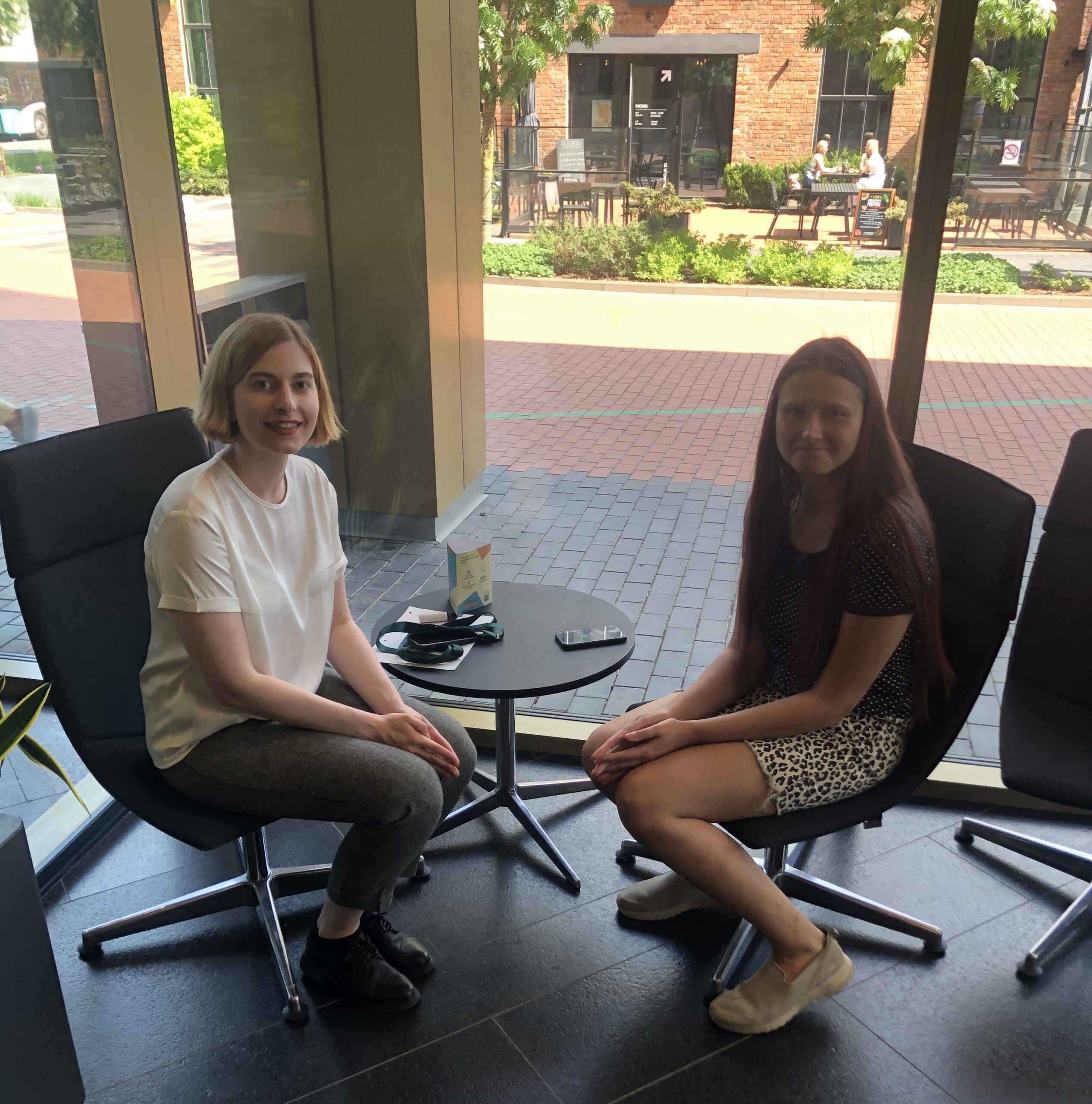
INTERVIEW | Sofia Kostytska advises to hope for the best but prepare for the worst
Sofia Kostytska presented to Estonian local government crisis managers on the experience of the war in Ukraine, including legislative and civil protection perspectives, as part of the Crisis Research Centre’s post-crisis learning TPCL project, before the interview with Õhtuleht.
One potential threat identified by Sofia Kostytska is our water border with Russia, Lake Peipsi. “If they decide to attack, they could easily cross the water border. “They used similar tactics to attack Ukraine,” she says, referring to Russian ships bombarding the country from the Black Sea. Kostytska believes that increased surveillance in and around Lake Peipsi is required, which would necessitate the deployment of additional forces. “Even if they can’t stop and repel the enemy, they can buy time.”
Shelters are one of the most hotly debated civil defence issues. According to Kostytska, the shelter must have no windows and be located deep underground. “An ideal shelter also has beds, water, and food supplies.” In Ukraine, we are fortunate to have metros in all major cities. For example, in Kharkiv, where there are frequent attacks, the metro is so well equipped that children attend school there.” Airborne sirens are also useful because they provide immediate warning of a threat. In Estonia, sirens should be installed by the of 2024.
Ukraine’s parliament worked at hyperspeed
Ukraine was making preparations even before the full-scale war broke out. According to Kostytska, at the start of the war, the parliament was also moving quickly, adapting legislation to wartime conditions. “However, there were times when the shelters were difficult to access, ill-equipped, or closed altogether. This claimed lives. I believe that other countries must now learn from Ukraine’s tragic experience and avoid repeating the same mistakes.”
The war also brought about significant changes in legislation. “In the first few months, a large number of laws were passed, and the parliament was working at breakneck speed. The defence legislation has undergone numerous changes. For example, the concept of a shelter has been enshrined in Ukrainian law: there are specific requirements for what a shelter should be and how it should be maintained. Kostytska adds that a law recently passed its first reading in parliament, requiring the person in charge of the shelter to ensure that everything is in order.
An educated society is more protected
In the third year of a full-fledged war, the Ukrainian believes that people are much more informed and educated. “There are numerous resources available, including maps of shelters and blackouts. People have all of the tools they need and are more likely to respond quickly to events.“
The mood of society also shifted. Although there were many civic associations in Ukraine in the past, Kostytska says there are now a large number of volunteers who are active in all aspects of life. “Sad events bring people together. “Everyone wants to contribute.” Kostytska stated that another important takeaway from Ukraine’s experience is that the military is not separate from society. “The military is part of society. It’s preferable to have an allied soldier’s base near your home than a Russian soldier’s.“
Part of civil defence is the fight against propaganda, as Russian propaganda spreads quickly and can be dangerous to security. Similarly, a trained and educated society is essential. “The population should be educated. There is a lot of training in Ukraine now; people understand how to give first aid and stop major bleeding. In Ukraine, you can get training anywhere, at any time. “People require this knowledge.”
Jaga postitust:
